White Mountains has reported that its investment into the Outrigger Re collateralized reinsurance sidecar, that supports its re/insurer subsidiary Ark, generated lower income year-on-year in Q3 with catastrophe losses higher, but it still remained very profitable with a combined ratio of just 58%.
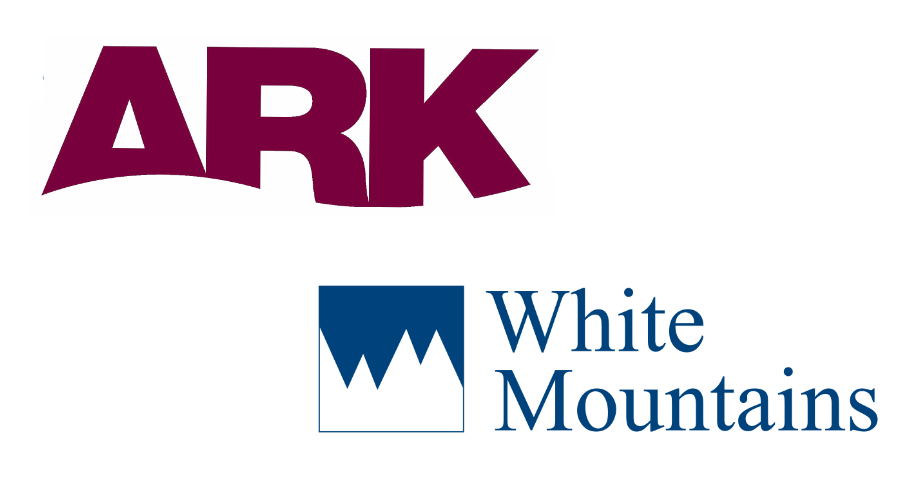 Recall that, White Mountains own financial commitment to the Outrigger Re reinsurance sidecar that supports its re/insurance subsidiary Ark was reduced for 2024.
Recall that, White Mountains own financial commitment to the Outrigger Re reinsurance sidecar that supports its re/insurance subsidiary Ark was reduced for 2024.
This means that premiums written under its specific cell, or segregated account, of the broader reinsurance sidecar called WM Outrigger have reduced year-on-year.
But the collateralized reinsurance sidecar continues to deliver attractive profits for White Mountains, all be it reduced because of higher levels of catastrophe losses in the third-quarter of 2024.
White Mountains reported that WM Outrigger Re’s combined ratio was 58% for the third-quarter and 50% for the first nine months of 2024.
Both figures being up on the relatively catastrophe light year of 2023, when the combined ratio was 44% for Q3 and 40% for the nine month period.
Hurricane losses, especially from Helene, are likely to have been the main driver of this increased combined ratio for the third-quarter of the year.
For the first-half of this year, as we reported at the time, White Mountains investment in the Outrigger sidecar structure saw a combined ratio of just 30%.
On the back of the more elevated level of catastrophe losses and resulting higher combined ratio, White Mountain reported that its investment into Ark’s reinsurance sidecar Outrigger Re drove lower income for the company.
Pre-tax income from WM Outrigger Re was $22 million for Q3 2024 and $40 million for the first nine months of this year, compared to $37 million for Q3 2023 and $53 million for the first nine months of last year.
For the first-half, income from WM Outrigger Re was up slightly, at $18 million for H1 2024, compared to $16 million for H1 2023.
The reduction in premiums, given the lower investment made into the reinsurance sidecar for 2024, is a factor here, but the higher level of catastrophe losses is likely the main driver of the nine month 2024 income decline from WM Outrigger Re.
White Mountains explained the premium results, saying, “WM Outrigger Re reported gross and net written premiums of $9 million and $82 million and net earned premiums of $45 million and $63 million in the third quarter and first nine months of 2024 compared to gross and net written premiums of $6 million and $108 million and net earned premiums of $61 million and $75 million in the third quarter and first nine months of 2023.”
While catastrophe losses were unsurprisingly elevated year-on-year, given the property catastrophe reinsurance focus of the Outrigger Re sidecar vehicle, it has still delivered an attractive income contribution for White Mountains and we can read-across from that to a similar benefit for its other third-party investors.
Looking ahead, White Mountains said that even with hurricane Milton representing “a significant industry loss event in the fourth quarter,” the subsidiary Ark “does not currently expect that Milton losses will cause full year 2024 actual catastrophe losses for Ark/WM Outrigger to diverge materially from full year 2024 planned catastrophe losses.”
Finally, it’s interesting to note that Ark, the sponsor of the Outrigger Re sidecar vehicle, actually reported a lower combined ratio for Q3 2024 of 79%, compared to 81% in Q3 2023.
That’s despite Ark reporting that catastrophe losses added 17 points in Q3 2024, compared to 11 points on the CR in Q3 2023.
While Ark has also reported 5 points of favourable development in Q3 this year, compared to less than one point of net favorable prior year development a year earlier, there is also perhaps something to be said for the retrocessional protection of the sidecar strategy here, in helping Ark better-manage larger catastrophe loss events, with the support of its third-party capitalised Outrigger Re.
Ian Beaton, CEO of Ark, commented on the period, “Ark had a good third quarter. The combined ratio was 79% in the quarter, an improvement of two points year-over-year. Gross written premiums were $374 million in the quarter and $1,943 million year-to-date, up 49% and 17%, respectively, from 2023 levels despite generally flat rate change. We continue to experience good growth across several lines of business, aided by new underwriters and product classes.”
View details of many reinsurance sidecar transactions in our directory.

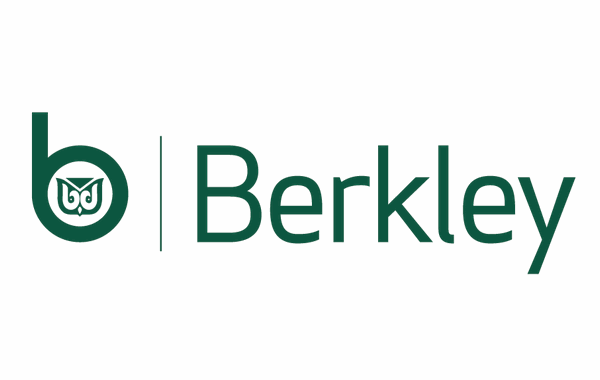


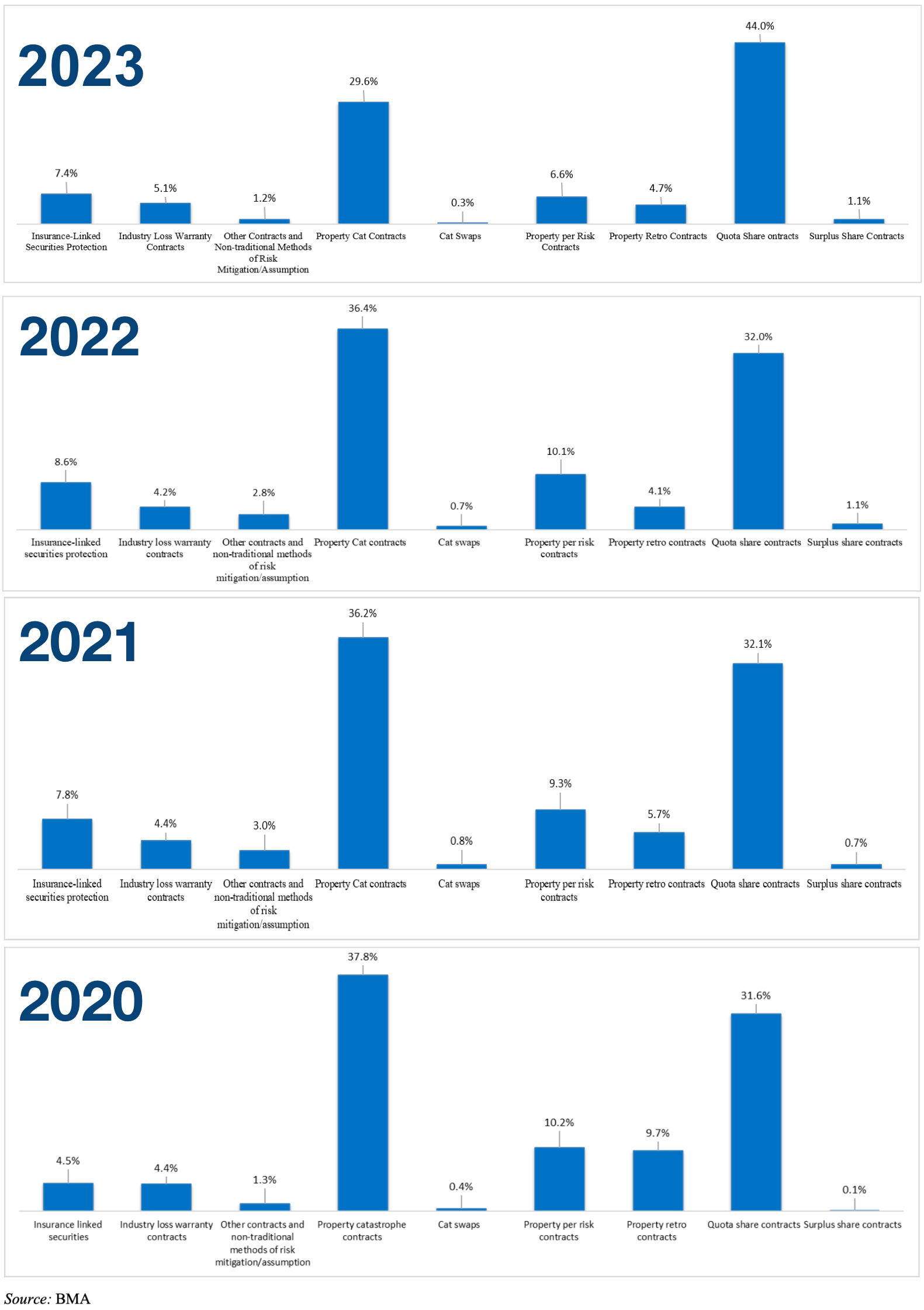
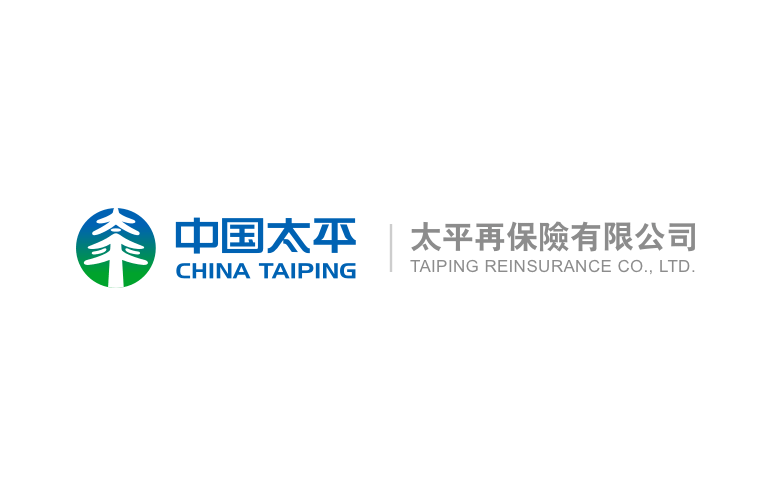
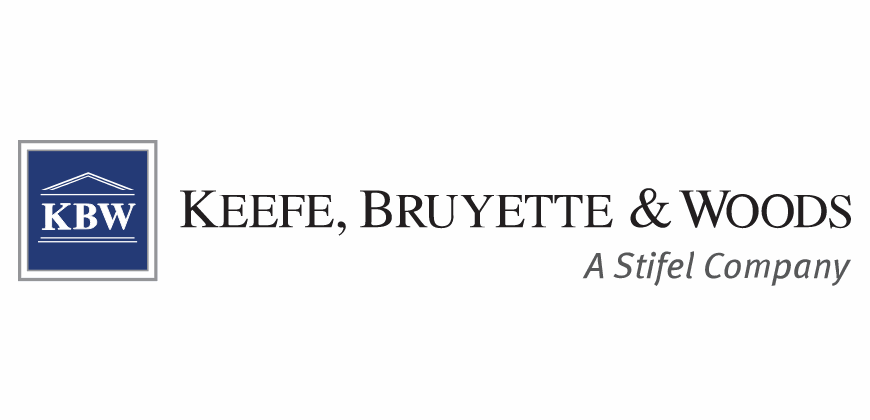
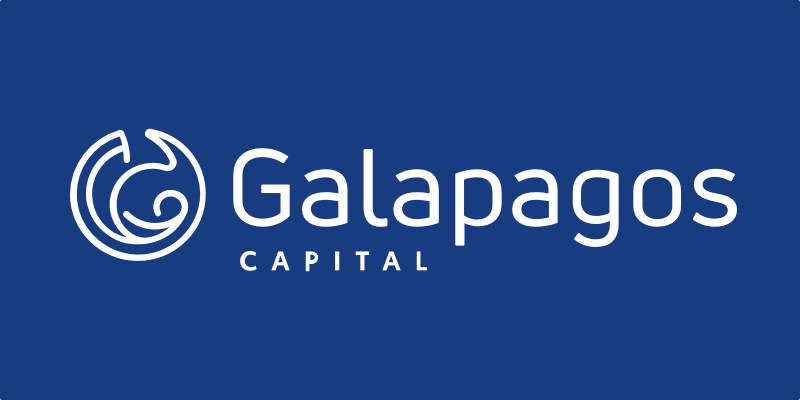
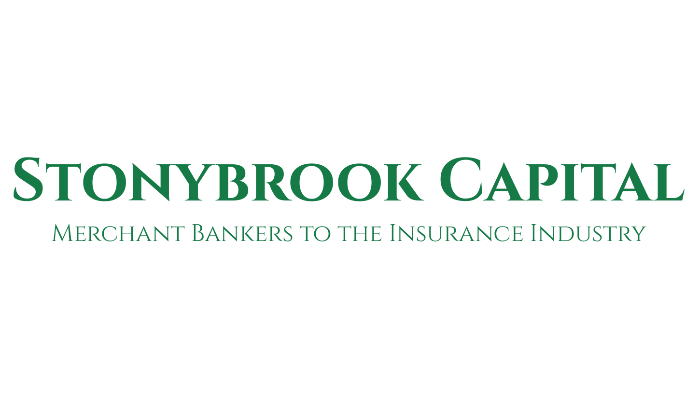










 English (US) ·
English (US) ·